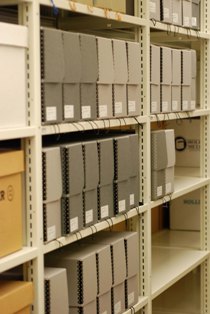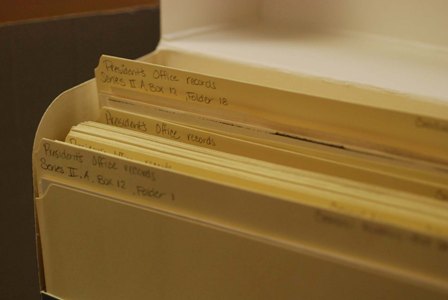Our final essay for the "In the Archives" series comes to us from English professor Christopher Corbett. Corbett writes a monthly column for Style magazine in Baltimore and has been published by the New York Times, The Washington Post and The Philadelphia Inquirer. His publications include Vacationland, The Poker Bride: A Story of the Chinese in the American Goldfields, and Orphans Preferred: The Twisted Truth and Lasting Legend of the Pony Express, which serves as the basis for his archival recollections.
How I Got That Story
When I was still doing journalism I decided to ride a bus from Osoyoos, British Columbia to Tijuana, Mexico largely to prove that it was still possible to ride a bus from one border of these United States to the other without actually traveling on an interstate highway. The bus company was called the Boise-Winnemucca Stage Lines – it descended from an honest to God stagecoach. My plan proved more complicated than I had hoped it would. But that’s another story.
But that’s how I found myself in Reno, Nevada on a savagely hot summer weekend. The bus had dumped me there.
Americans are not meant to be on foot. I immediately rented a car. And from my base at Fitzgerald’s Hotel, a venerable shrine to what would become Nevada’s reason for existence - gambling - I studied a map of the Silver State.
Virginia City, home of the fabled Comstock Lode, was only 20 miles away. Eureka! I drove down. And from here, in the old boomtown that knew Mark Twain when he was still Sam Clemens, I again studied the map - and saw that I was near Fort Churchill – site of a Pony Express station.
In the John Wayne film that plays in my head, Fort Churchill looked exactly like a Pony Express station should. A cluster of adobe buildings on a wind-blown sward of sand in the Nevada desert with the distant snow-capped peaks of the Sierra Nevada, like a kind of Shangri-la, on the horizon.
I knew nothing about the Pony Express – which was actually called the Central Overland California & Pike’s Peak Express Company during its brief and financially disastrous life – April 3, 1860 to October 26, 1861.
Back East, I began to think about “the Pony” as old people in the West still called it. I began to read. One book led to another. I poked around. The books were wildly contradictory and many appeared to be the work of fantasists. It took no time and little scholarship to realize that the story of the Pony Express was really a story of how something got to be a story – or in its case, an American whopper. There had not been a book in half a century. Eureka! I got to work.
My research into the story of this story would take me to the fabled Huntington Library in southern California and to the Newberry Library in Chicago and on to the Library of Congress and to the historical archives of the eight states that the Pony crossed from Missouri to Kansas, to Nebraska, Colorado, Wyoming, Utah, Nevada and California. I went to the American Heritage Center at the University of Wyoming in Laramie and I went to the cellar of the library at Willliam Jewell College in Liberty, Missouri where packed away in some dusty boxes were the extensive papers of one of the few real historians to ever have a look at this tale, which one early chronicler called “a tale of truth, half-truth and no truth at all.”
I am a big fan of libraries because of this pilgrimage. It’s like fishing. You don’t always get a bite but you can’t fish at home. You have to get out there and do some legwork as the old denizens of Grub Street called it. Shoe leather! I found things that had never appeared in print before. I tracked down stuff that went a long way toward explaining America’s appetite for what Bernard DeVoto called “the borderland of fable” that place where fact and fancy collide. There’s a lot of that territory across the wide Missouri.
This year is the 150th anniversary of the Pony Express and I am often asked to speak from Phoenix, Arizona to Nebraska City, Nebraska and points in between. People ask is anything true? Have you learned anything? What can you tell us?
I tell them that one day I drove to Topeka, Kansas – the state capital. I had been there before. I was rooting about in the vertical files and archives in the Kansas State Historical Society looking for bits of the story of the Pony Express. I had reached the point where I thought I knew a lot - or at least more than I had known. There I came across a yellowed index card in an old-fashioned card file that you see less and less nowadays. It was a citation pertaining to an interview? An old lady in Marysville, Kansas, the Marshall County seat, gave this interview in the 1930s to a local historian. On the reverse side of the index card someone had scrawled, “she saw the Pony Express.”
I asked to see the manuscript, which some poor soul had painstakingly transcribed – typed on onionskin paper. Here were the memories of an old lady who had come to Kansas when there were still wolves and Indians and immense herds of buffalo. She was a German immigrant. There were whole towns of Germans out there. Towns with names like Bremen and Hanover. She taught school for years and years. And when she was a young woman, not much older than her students, she rode her pony overland 20 miles to a schoolhouse each week to teach the farmer’s children. She carried a long barrel pistol in her waistband and remembered that although she never shot an Indian she shot at a few. It was a hard world on the prairie.
Her maiden name was Elizabeth Mohrbacher. She was living in Marysville when the British explorer Sir Richard Burton – headed to have a look at the Mormons – hit town. And she was there when they raised the flag when Kansas became a state. And there too, when Sam Clemens, a recent Confederate army deserter passed through town headed for the territory ahead. And she was there when the Pony Express arrived after a 100-mile dash from St. Joseph, Missouri. She remembered it in wonderful detail. This was no bar story. This was no dime novel. These were not the recollections of an established fraud like William Frederick Cody. Here was an old lady on the Kansas plains who had seen America and lived a life out of a Willa Cather novel. Here was perhaps the last living American to have actually seen “the swift phantom of the desert,” as Twain called the Pony Express rider.
On mornings like that - even in Topeka, Kansas - every bit of research is worth it and all the disappointments and the trips that seemed pointless and the leads that did not pan out don’t matter much anymore. I could not believe that I had found her. She had been waiting for me for a long, long time.
--
Learn more about all of our Archives Month activities!





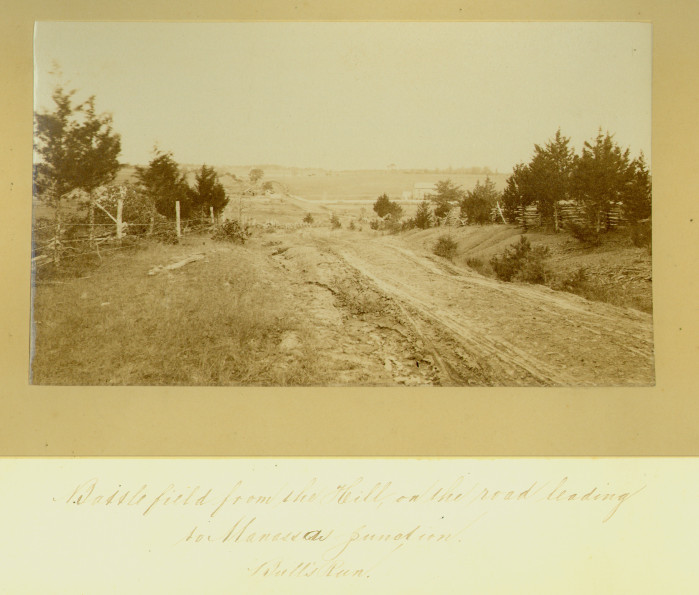 Battlefield from the Hill on the Road leading to Manassas Junction, Bull's Run
Battlefield from the Hill on the Road leading to Manassas Junction, Bull's Run 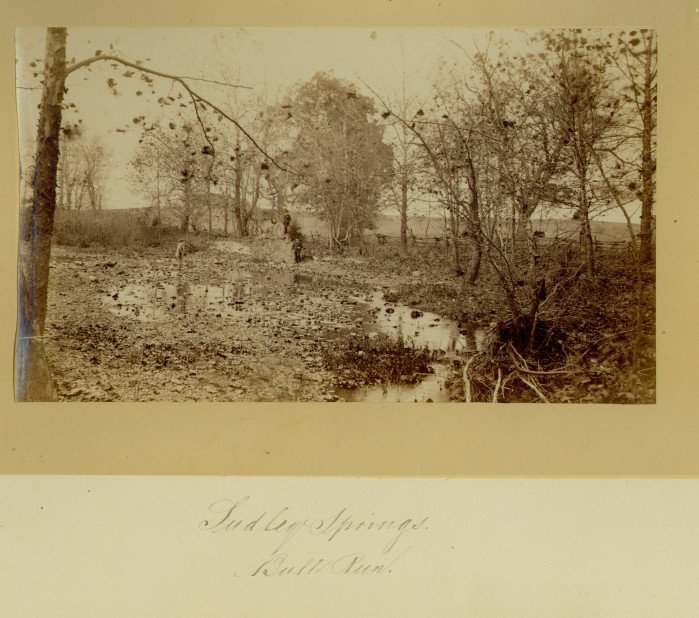 In order to bypass the enemy's defenses, the Union commander, General Irvin McDowell, decided to attempt to cross the creek at an undefended spot to the north west of the Confederate positions. The ford near Sudley Springs provided access for the Union troops to breach the defenses and engage the enemy.
In order to bypass the enemy's defenses, the Union commander, General Irvin McDowell, decided to attempt to cross the creek at an undefended spot to the north west of the Confederate positions. The ford near Sudley Springs provided access for the Union troops to breach the defenses and engage the enemy.
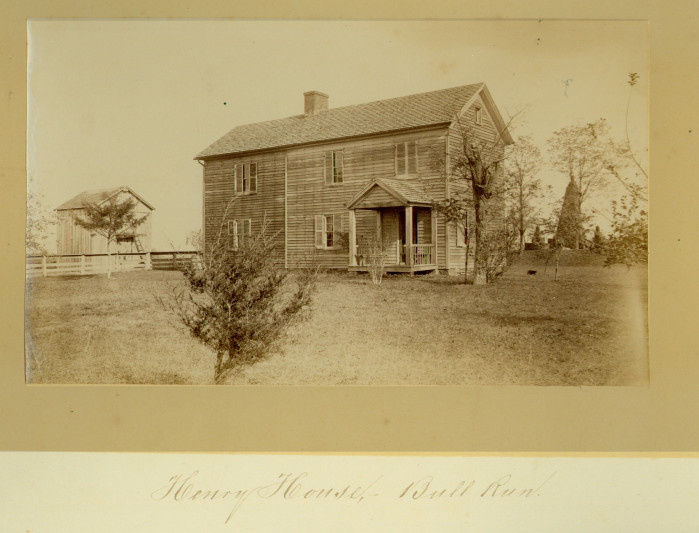
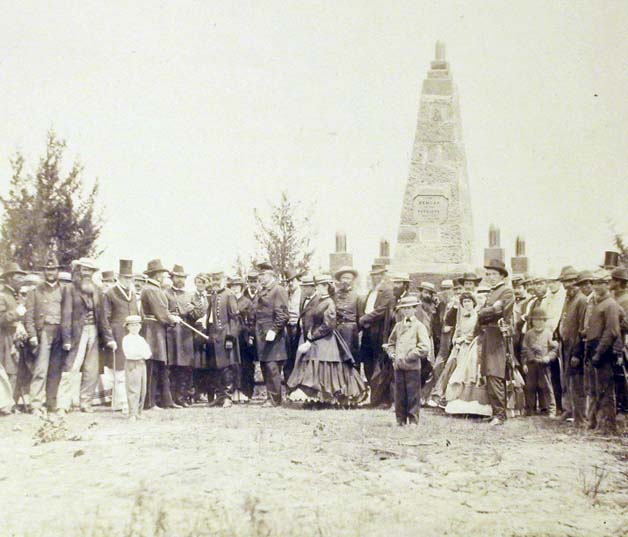

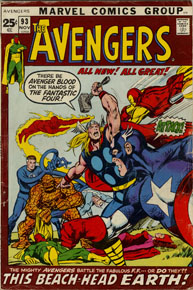 But Thor isn't limited to his own book. You might also know him as part of The Avengers, along with Captain America, The Hulk and Iron Man! Don't worry; we've got you covered there as well, with more than a hundred issues from the 60's, 70's and 80's. Catch up on the Avengers back story now, before their movie comes out next year! And before you ask, yes, we've got classic 60's and 70's issues of Captain America, the Incredible Hulk and Iron Man as well!
But Thor isn't limited to his own book. You might also know him as part of The Avengers, along with Captain America, The Hulk and Iron Man! Don't worry; we've got you covered there as well, with more than a hundred issues from the 60's, 70's and 80's. Catch up on the Avengers back story now, before their movie comes out next year! And before you ask, yes, we've got classic 60's and 70's issues of Captain America, the Incredible Hulk and Iron Man as well!















 Each year I assign sets of 20 different photographs from the range of states and ask the students to select 10 for their close analysis and interpretation. In recent years, the collection has been digitized, which makes it wonderfully accessible as a first step in the selection process. But I insist that students visit Special Collections in person and view those they have selected directly. While digitization and internet access provide amazing opportunities for immediate access to images of all kinds, I think it is an essential research experience for students to view the original photos in their archival setting. And, though it takes a bit of coaxing for them to leave the convenience of their computers and arrange the visit in person, the students often comment that the first hand encounter with the documents has revealed insights not readily evident on-line.
Each year I assign sets of 20 different photographs from the range of states and ask the students to select 10 for their close analysis and interpretation. In recent years, the collection has been digitized, which makes it wonderfully accessible as a first step in the selection process. But I insist that students visit Special Collections in person and view those they have selected directly. While digitization and internet access provide amazing opportunities for immediate access to images of all kinds, I think it is an essential research experience for students to view the original photos in their archival setting. And, though it takes a bit of coaxing for them to leave the convenience of their computers and arrange the visit in person, the students often comment that the first hand encounter with the documents has revealed insights not readily evident on-line.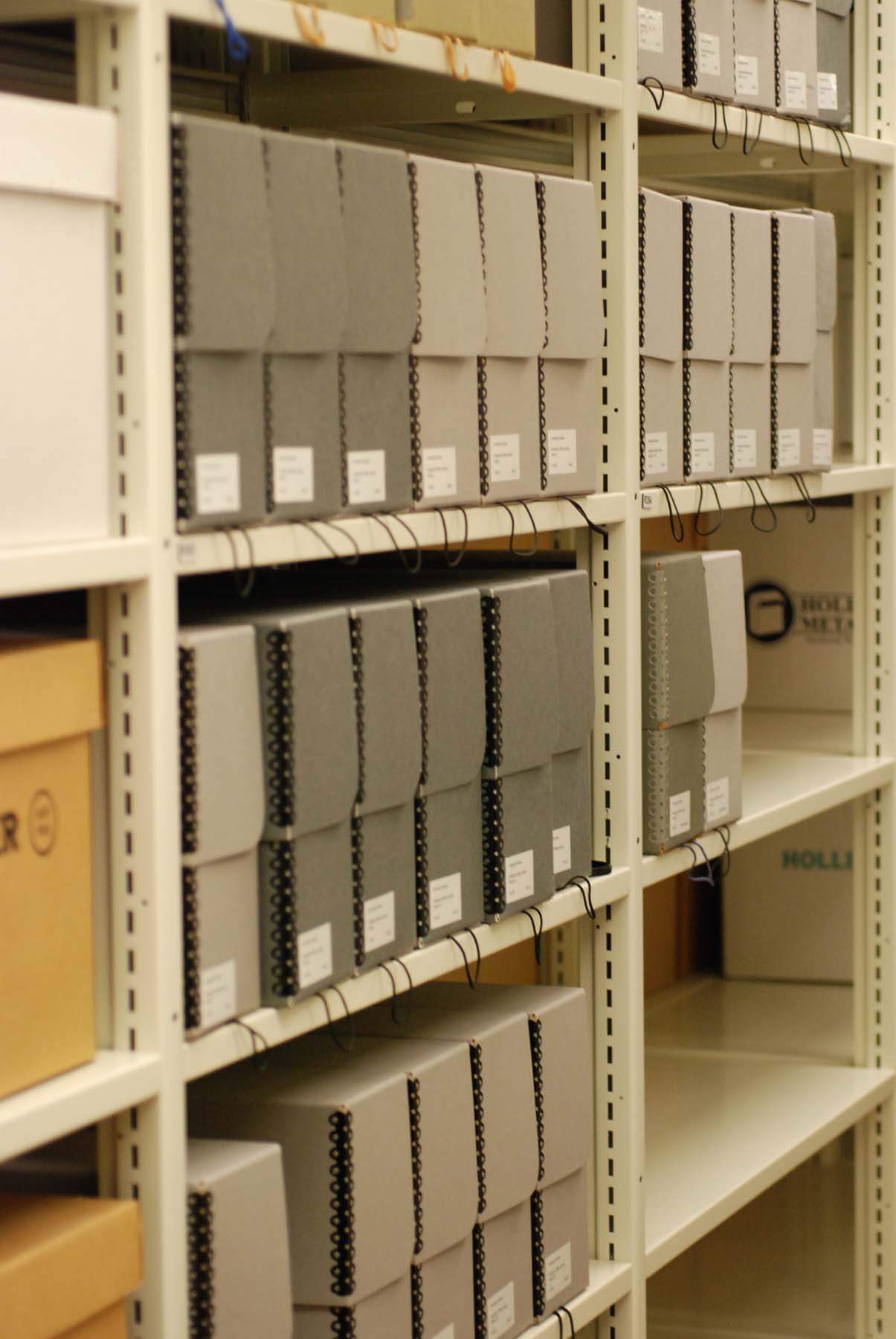 Please join the Albin O. Kuhn Library & Gallery as we celebrate American Archives Month 2010, Making Connections: Archives and Imagination. Each October the national library, archives, and museum community designates October as the "official" time to reflect and appreciate the historical importance and value that archival resources can provide to historians, students, researchers, cultural centers, governmental bodies, and family genealogists. The Library will be hosting several events, both online and in the Library Gallery, to celebrate the value of archives and primary resources. A brief list is below; additional information is available on the Archives Month webpage:
Please join the Albin O. Kuhn Library & Gallery as we celebrate American Archives Month 2010, Making Connections: Archives and Imagination. Each October the national library, archives, and museum community designates October as the "official" time to reflect and appreciate the historical importance and value that archival resources can provide to historians, students, researchers, cultural centers, governmental bodies, and family genealogists. The Library will be hosting several events, both online and in the Library Gallery, to celebrate the value of archives and primary resources. A brief list is below; additional information is available on the Archives Month webpage: 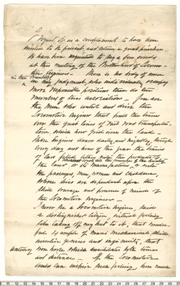 Special Collections Archivist Lindsey Loeper contacted some of her best archives supporters on campus and asked them to write short essays about how archives have influenced them, either professionally, academically, or personally. The essays will be posted throughout the month of October on the
Special Collections Archivist Lindsey Loeper contacted some of her best archives supporters on campus and asked them to write short essays about how archives have influenced them, either professionally, academically, or personally. The essays will be posted throughout the month of October on the 







